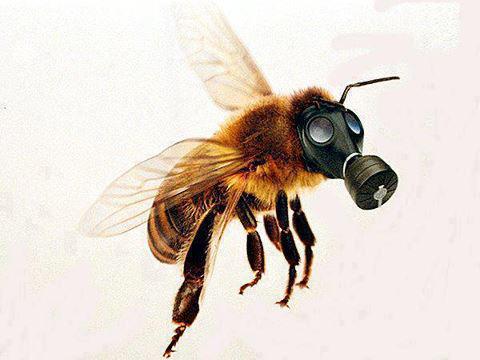Finman
Queen Bee
- Joined
- Nov 8, 2008
- Messages
- 27,887
- Reaction score
- 2,024
- Location
- Finland, Helsinki
- Hive Type
- Langstroth
.
We have crematoriums.
.
We have crematoriums.
.

but not with a bonfire as they no longer have the means to light it

or matches for ventillating hives
If I open an up stairs window, down stairs gets cold and up stairs remain warm, if I open the front door down stairs gets cold straight away and up stairs gets gradually colder, I have yet to dig up my floor and put a mesh in, somehow I don't think Mrs REDWOOD would think thats a great idea in the name of science. What you do is up to you, OMF or solid take your pick but I don't think you need top ventilation with OMF and perhaps you do with solid floors. There is no wrong or right just use the system that suits your beekeeping and your bees. Personally I don't think OMfs do much for lowering the varroa count and it is far more important to treat bees on a regular bases. I do often wonder how one removes the dead varroa with a solid floor, I Should imagine a small hoe with a long handle.

















I do often wonder how one removes the dead varroa with a solid floor, I Should imagine a small hoe with a long handle.
The bees remove them and keep their floors reasonably clean.
...
Perhaps I need to consider ensuring a Visqueen Radon membrane is incorporated into all of my hives solid floors in future to prevent Radon gas percolating into the colonies?
Mytten da
Solid floors are OK if vented positively or negatively from below... to prevent Radon gas accumulation... in granitic areas.
We have Radon gas monitoring devices in our cellar, the Skibber had to have not only a Radon sump installed below the floor, but also a sealed Radon gas membrane fitted covering the floor and walls up to roof level, because granite is used in the 15th century exterior wall construction.
Perhaps I need to consider ensuring a Visqueen Radon membrane is incorporated into all of my hives solid floors in future to prevent Radon gas percolating into the colonies?
Mytten da
you make hives out of granite?
It does not matter when the hive is made of granite, wood or PIR. Every building contains radon but the levels are usually low. The chances of a higher level depend on the type of ground. Public Health England has published a map showing where high levels are more likely.The gas comes out of the ground. This emergence of the carcinogenic gas depends on the underlying rock. Here are maps to show where the problem areas are : http://www.ukradon.org/cms/assets/gfx/content/resource_2686cs3a0844cee4.pdf
Hives with solid floors or open mesh floors should be ok provided they're not resting on the ground. Houses, however, are a different story! - especially in Kelliwik.
CVB


I've been experimenting with putting the varroa board into my open mesh floors hives and noticed vast differences in terms of development from 3 seams of bees in a national brood box to 8 seams within a week. ?


Enter your email address to join: